Table of Contents
- 1 Introduction to Bobbie’s Bunker Survival Gear Guide
- 2 Understanding Survival Gear Essentials
- 3 Core Survival Gear Components
- 4 Practical Applications of Survival Gear
- 5 Building Your First Survival Kit
- 6 Maintaining Your Survival Gear
- 7 Expanding Your Survival Gear Collection
- 8 Survival Gear Guide Closing Thoughts
- 9 Survival Gear Guide FAQs
- 9.1 What are the core survival gear components every beginner should have?
- 9.2 How can one effectively maintain their survival gear for longevity?
- 9.3 Is it necessary to customize a survival kit based on individual needs?
- 9.4 What practical applications do different types of survival gear serve in emergencies?
- 9.5 How can beginners gradually expand their collection of survival gear over time?
Views: 0
Introduction to Bobbie’s Bunker Survival Gear Guide
Overview of the significance of survival gear in emergency preparedness
Survival gear is crucial for emergencies, potentially saving lives. This is meant to be an introductory survival gear guide to help newer preppers, and survivalists! The right equipment can be vital in dire situations. Emergency preparedness hinges on well-prepared emergency preparedness kits.
A survival kit should match specific scenarios, including essentials like food, water, and rations. Looking into long-term food storage solutions should also be on your to do list, but a kit with essentials is a good start! Tailor supplies based on potential emergency severity and duration.
Brief introduction to the basics of assembling a survival kit for various emergencies
When creating a survival kit, consider factors like possible risks and necessary items. Include fundamental necessities such as food, water, shelter, and first aid supplies. Adapt kits according to different environments or potential threats.
Remember that each person’s needs may vary; customize your gear accordingly. For example, someone living in an area prone to earthquakes might require specialized tools compared to someone preparing for extreme weather conditions.
Understanding Survival Gear Essentials
Importance of selecting versatile and reliable gear for any emergency situation
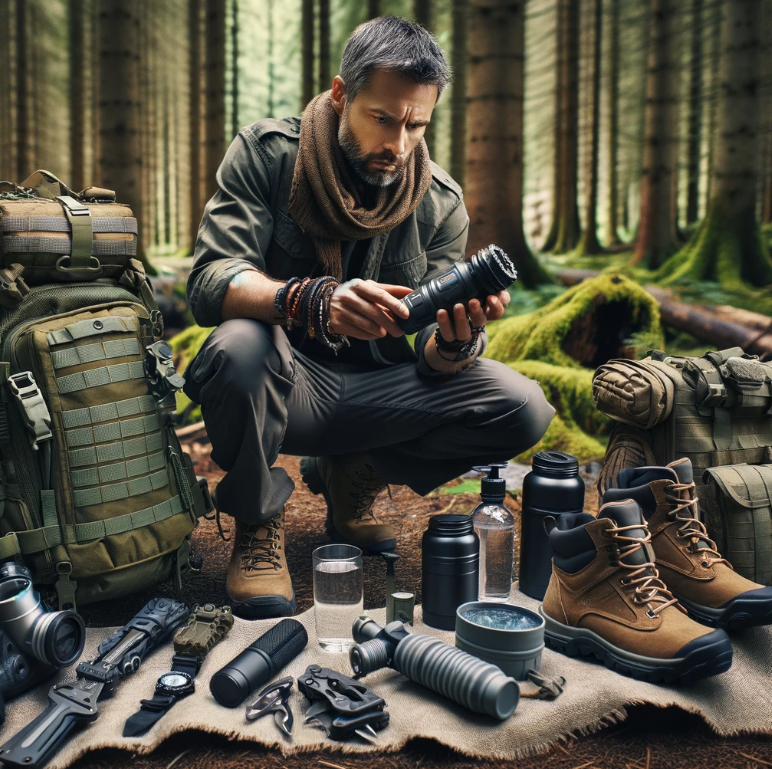
Versatility is key. Versatile gear can be used in various emergency scenarios, such as camping, hiking, or natural disasters. For instance, a multi-tool that includes a knife, scissors, and screwdriver can serve different purposes during emergencies.
Reliability is crucial when choosing survival gear. Reliable items ensure they will work when needed the most. Opting for reputable brands known for their quality and durability increases your chances of surviving challenging situations like getting lost in the wilderness or facing extreme weather conditions.
Selecting high-quality survival gear significantly enhances your preparedness level for emergencies. Investing in well-made equipment like durable backpacks or water filtration systems ensures longevity and functionality when faced with unexpected situations.
Key components of a well-prepared survival kit
Food and water supplies are non-negotiable elements in any beginner survival kit. Packing nutrient-dense food bars or dehydrated meals along with portable water filters or purification tablets ensures you have sustenance during emergencies without relying on external sources.
Shelter and warmth items are essential to protect yourself from harsh weather conditions while waiting for rescue. Including items like thermal blankets, waterproof tarps, or compact tents can provide temporary shelter until help arrives.
Communication devices play a vital role in maintaining contact with rescuers or loved ones during emergencies. Carrying tools such as two-way radios, signal whistles, or satellite phones can be lifesaving if you need to call for help when traditional means fail.
Core Survival Gear Components
Basic Multi-Tools: Essential for versatility in survival situations
Multi-tools are essential in beginner survival gear as they combine various functions into one compact tool, saving space and weight. These tools can be used for cutting, opening, repairing, and more. For example, a multi-tool may include a knife, pliers, screwdriver, and bottle opener all in one.
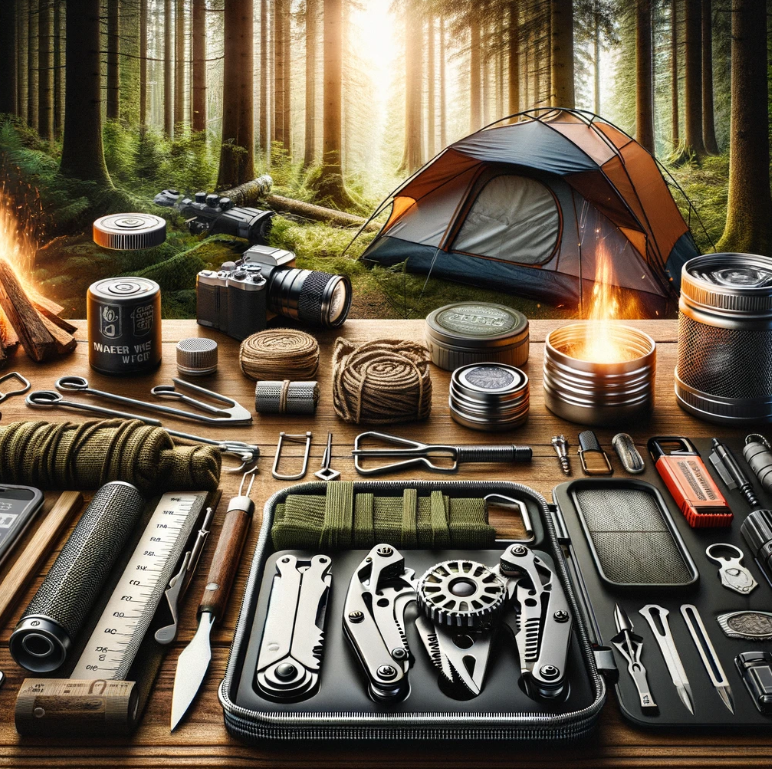
Having a multi-tool ensures people have the necessary tools they need for different tasks without carrying multiple individual items. When choosing a multi-tool for your kit, consider its durability and the range of functions it offers to meet various needs during emergencies.
Fire Starters: Basic techniques and tools for starting a fire in emergency conditions
Fire starters are crucial components of survival gear as they provide warmth, cooking capabilities, and signaling options. Common fire starters like matches or lighters help ignite fires quickly when needed most. Learning basic fire-starting techniques is vital to ensure you can start a fire even under challenging conditions.
In addition to matches and lighters, fire strikers are reliable tools that produce sparks to ignite tinder easily. Understanding how to use these tools effectively will enhance your ability to start fires efficiently during emergencies.
Practical Applications of Survival Gear
General Advice on How and When to Use Each Piece of Gear in Real-Life Emergency Scenarios
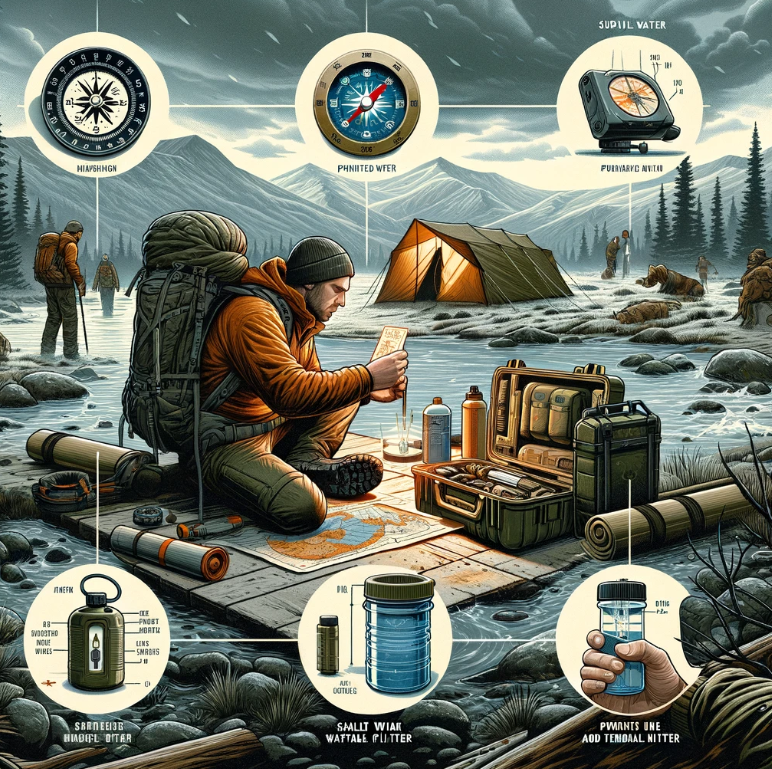
Survival gear is only as useful as the knowledge you have about its functions. Familiarize yourself with each item’s purpose and how to use it effectively during emergencies. For example, knowing how to start a fire using a flint or emergency blanket can make a significant difference when facing adverse conditions.
To gain confidence in utilizing your survival gear, practice using them in simulated emergency situations. This hands-on experience will help you understand the gear’s practical applications better. Consider setting up a mock campsite where you can test your skills at starting fires or purifying water with your equipment.
Understanding the limitations and potential risks associated with each piece of gear is crucial for effective survival preparation. Some items might have multiple uses beyond their primary function, while others may not be suitable for certain environments. Be aware of these constraints to ensure that you are prepared for various scenarios.
Familiarize Yourself with the Functions and Proper Usage
- Learn how to start a fire using different methods like matches, lighters, or flints.
- Understand how to properly set up shelter using tarps, emergency blankets, or tents.
- Practice signaling for help by using whistles, mirrors, or signal flares.
Practice Using the Gear in Simulated Emergency Scenarios
- Set up scenarios where you need to build shelter quickly using minimal resources.
- Test your ability to navigate through unfamiliar terrain with a compass or GPS device.
- Create challenges that require you to purify water from natural sources before consumption.
Understand the Limitations and Potential Risks Associated
- Be cautious when relying on single-use items like chemical heat packs that provide temporary warmth but cannot be reused.
- Know when it is unsafe to use certain tools such as knives without proper training due to injury risks.
- Consider environmental factors like extreme weather conditions that may impact the effectiveness of your gear.
Building Your First Survival Kit
Guidelines on assembling your first kit with essential items for immediate needs
When building your survival gear as a beginner, a good place to start by including basic essentials such as food, water, shelter, and first aid supplies. These are crucial for addressing immediate needs in emergency situations. For example, pack non-perishable food like energy bars and canned goods along with a portable water filter or purification tablets to ensure a safe drinking source.
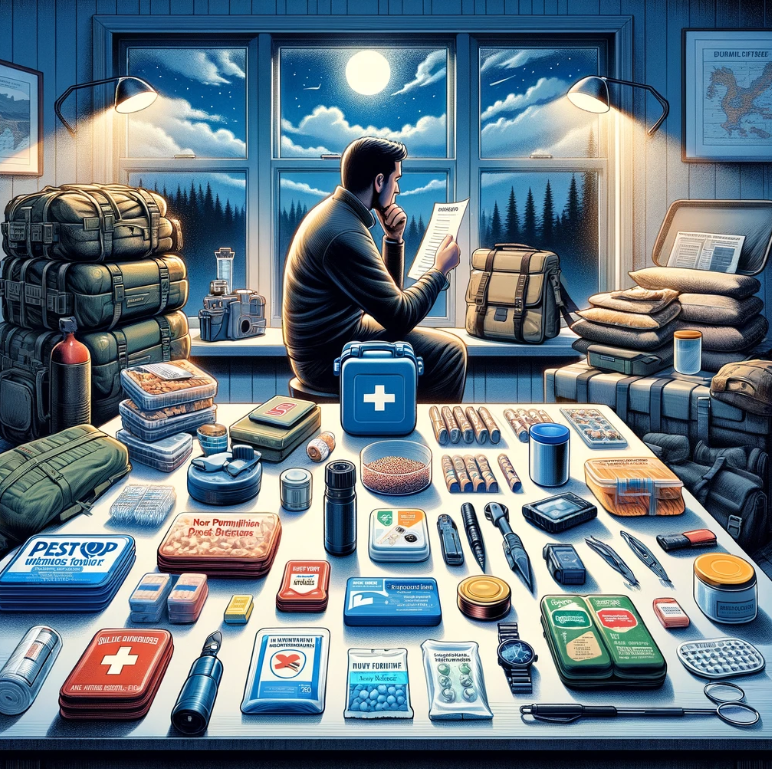
Consider adding items for communication, navigation, and personal protection to your survival kits. A reliable flashlight with spare batteries can provide illumination in the dark while also signaling for help if needed. Include a multi-tool for various tasks and a sturdy trauma kit containing bandages, antiseptic wipes, and pain relief medication.
Regularly review and update your survival kits based on changing needs and circumstances you may encounter. Ensure that all items are within their expiration dates or in good working condition. It’s important to adapt your kit according to seasonal changes or specific environments you might be exploring.
Maintaining Your Survival Gear
Basic Maintenance Tips for Longevity and Readiness
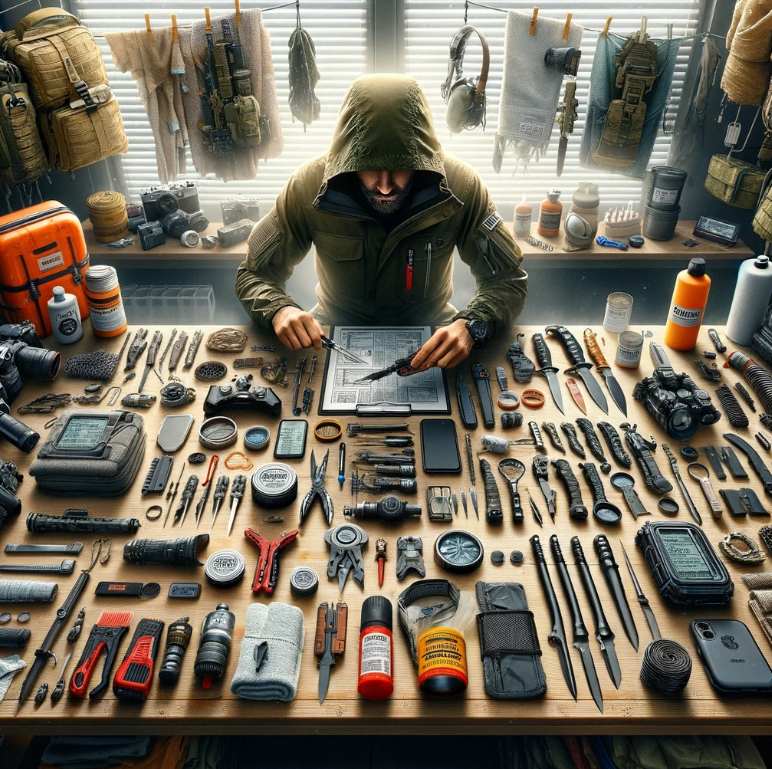
To ensure your survival gear is always ready for any survival situation, it’s crucial to follow some basic maintenance tips. Firstly, make sure to clean and dry all your gear after each use. This practice helps prevent corrosion or damage, ensuring that your equipment remains in good condition when you need it most.
Regularly checking the expiration dates on perishable items and rotating the new to the back keeping old in front to prevent spoilage in your survival kit is essential. Items like rations and sterile gauze have limited shelf lives, so keeping track of these dates guarantees that you have fresh supplies available during emergencies. Conducting routine inspections of all gear components is vital to identify any issues or signs of wear before they become problematic.
Importance of Proper Gear Care
Proper care of your survival gear can make a significant difference in critical situations. For example, storing items like duct tape, hydration bladders, and pepper spray correctly can extend their lifespan and effectiveness when needed most. By regularly maintaining and inspecting your equipment, you increase the chances of everything working as intended during an emergency.
A well-maintained survival kit not only ensures that all components are functional but also provides peace of mind knowing that you are prepared for unforeseen circumstances. Remembering to store gloves properly or hang systems securely can prevent unnecessary damage or loss due to negligence.
Expanding Your Survival Gear Collection
Considerations for gradually adding more specialized items to your kit
When building on your survival gear kit, it’s crucial to think about how you can enhance your kit as you progress. As you become more experienced, it’s wise to add specialized items that align with your developing skills and interests. For example, if you’re honing your fire-starting abilities, consider investing in a high-quality ferro rod or waterproof matches.
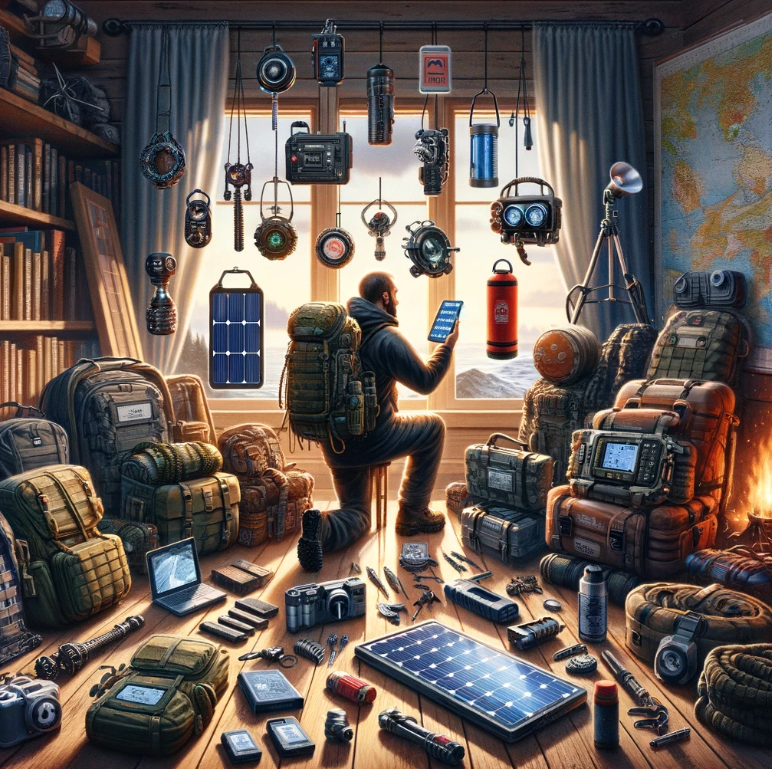
Researching new technologies is another vital aspect of expanding your survival gear collection. Stay updated on the latest innovations that can improve the efficiency and effectiveness of your kit. For instance, advancements in portable water filtration systems could offer a lightweight solution for ensuring access to clean drinking water in emergency situations.
Continuously evaluating and refining your survival kit based on real-life experiences is key to optimizing its functionality. Reflect on past outings or emergencies where certain tools proved invaluable or lacking. Use these insights to adjust and tailor your gear selection accordingly, ensuring that each item serves a purpose and contributes to your overall preparedness.
Survival Gear Guide Closing Thoughts
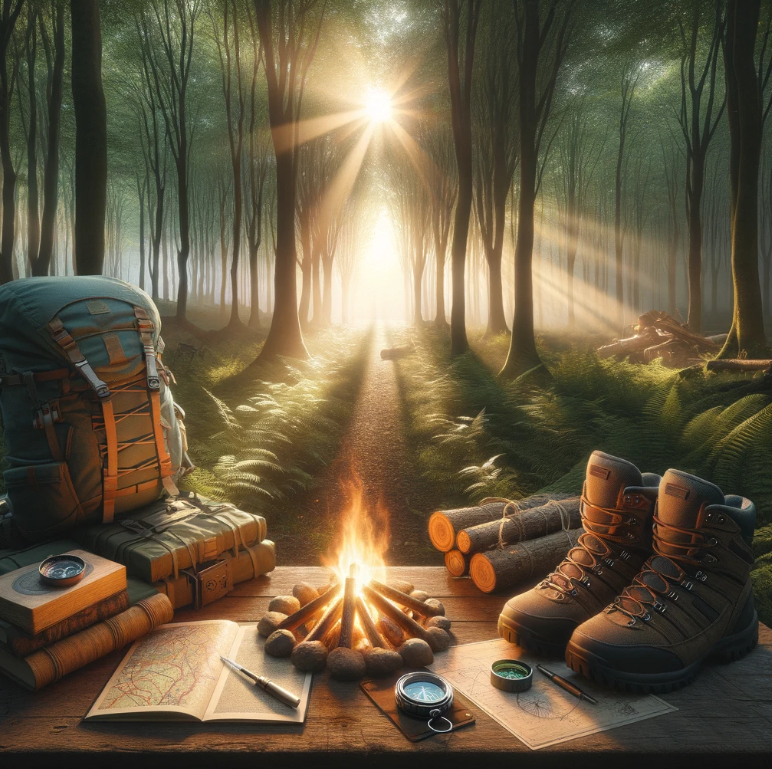
In wrapping up the essential components of our beginner survival gear guide, it becomes evident that a well-prepared kit is not just a collection of items but a lifeline in times of need. Understanding the core elements, their practical applications, and the importance of maintenance is crucial for any outdoor enthusiast. As one delves into expanding their survival gear collection, the emphasis should always be on quality, versatility, and personal skill development.
For those embarking on their survival gear journey, remember that knowledge is as vital as the tools at hand. Continual learning, practice, and adaptation are key to mastering the art of survival preparedness. Whether hiking, camping, or facing unexpected emergencies, being equipped with the right gear and skills can make all the difference. Stay informed, stay prepared, and stay safe out there.
Survival Gear Guide FAQs
What are the core survival gear components every beginner should have?
Every beginner should start with essentials like a reliable knife, water purification system, fire starter, shelter (tent or tarp), first aid kit, flashlight/headlamp, and emergency food supply.
How can one effectively maintain their survival gear for longevity?
To ensure longevity of your survival gear, regularly clean and inspect each item. Store them properly in a dry place. Replace any worn-out or expired items promptly to maintain readiness.
Is it necessary to customize a survival kit based on individual needs?
Customizing your survival kit based on personal needs is crucial as it ensures you have the specific tools required for your skill level, environment, and potential scenarios you may encounter.
What practical applications do different types of survival gear serve in emergencies?
Survival gear serves various purposes such as providing warmth (blankets), signaling for help (whistle/mirror), navigation (compass/map), protection from elements (rain poncho), and sustaining life with food/water supplies.
How can beginners gradually expand their collection of survival gear over time?
Beginners can expand their collection by adding advanced items like multi-tools, portable stoves, water filters/purifiers, signaling devices (flares), specialized and tactical clothing and gear for extreme conditions as they gain experience and knowledge.





Pingback: #1 Guide to Building and Nurturing Survival Communities